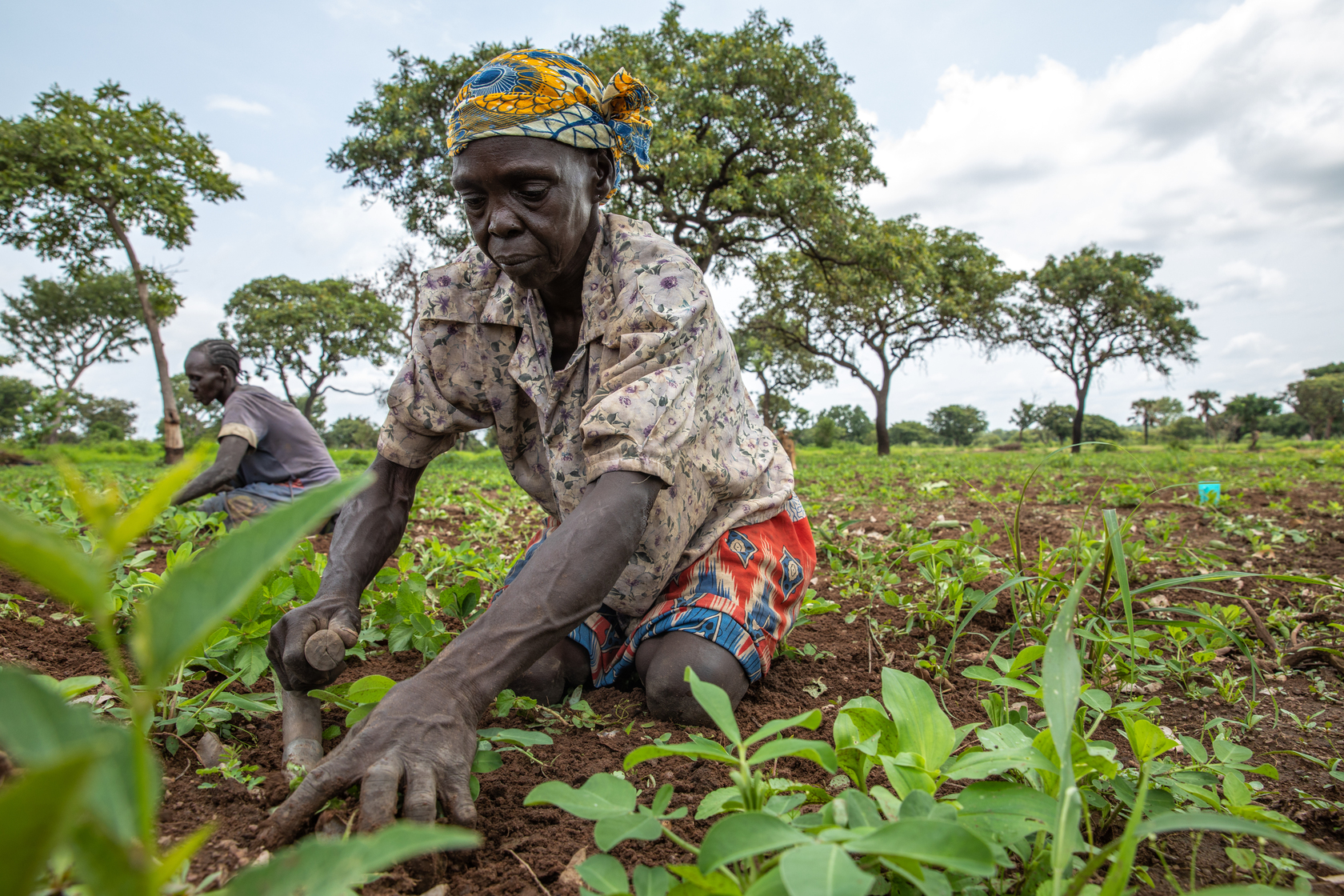
Giraffe drowns as dozens saved in Niger flooding
An aged giraffe drowned after heavy rains in southwestern Niger while more than 30 others survived thanks to rescue efforts by locals, officials said Thursday.
“It rained a lot, and the waters invaded a valley where the giraffes sought refuge before being trapped,” the West African country’s water and forests services chief Lamine Saidou told AFP.
“When the giraffes got stuck, local people helped them to get out, pushing them and shouting at them,” he said.
“The beast exhausted itself trying to get out of the mud “which had already engulfed it, and it died of drowning,” Saidou said.
To avoid further tragedy, with more heavy rain in the forecast, local people and water and forestry officials have led giraffe herds to higher ground, Saidou said.
Around 20 years ago, a small herd of Niger giraffes, a subspecies distinguished by its lighter colour that survives only in West Africa, found a safe haven from poachers and predators in the Koure region.
Today they are a key tourist attraction in the former French colony, enjoying the protection of local people and conservation groups.
From an initial population of 50 in 1996, their numbers grew to 664 by 2019, according to the environment ministry.
Fear of overpopulation led the authorities to transfer 10 of the giraffes, seven females and three males to the Gadabedji animal park in Niger’s central Maradi region, 600 kilometres (250 miles) away, in 2018, in a pilot project.
Other factors spurring the decision included encroaching desert sands and farmland threatening the animals’ habitat, as well as an increase in road accidents involving giraffes.
Their shrinking habitat has forced them to venture hundreds of kilometres to forage, some roaming all the way to the border with Mali where local residents kill them, according to the Association to Safeguard Giraffes in Niger.
A giraffe’s lifespan in the wild is thought to be between 20 and 30 years.
(Source: AFP)







